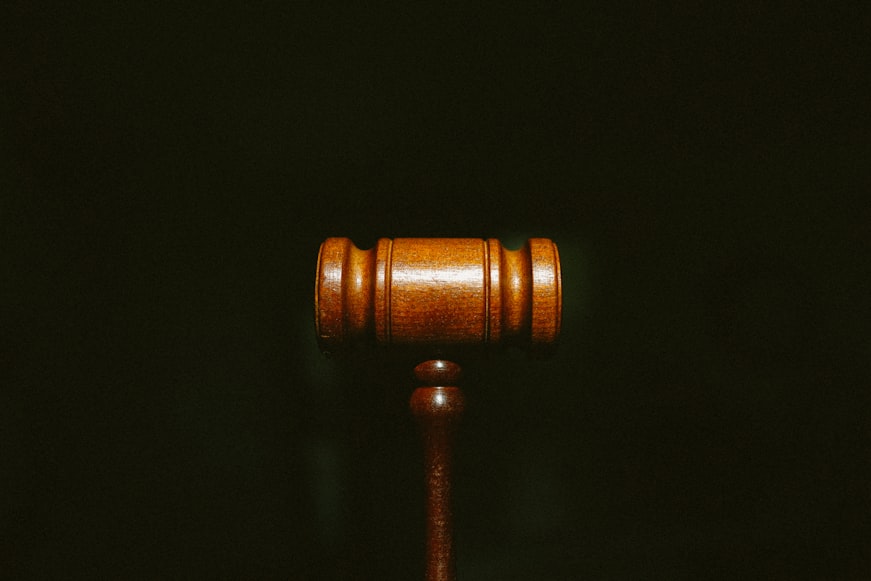Chemical hair straightening treatments have been on the market for decades, but new research suggests that they may pose major health hazards to women. A new study from the National Institutes of Health (NIH) found that using chemical hair smoothing or relaxer treatments may raise the risk of uterine cancer in women.
Women who use these items regularly may have twice the chance of developing cancer as those who do not. This article will provide an overview of the risks associated with chemical hair straightening products and the legal options available to those who have been affected.
Table of Contents
Uterine Cancer Symptoms
As per federal government data, uterine cancer is the most frequent gynecological cancer in the United States, with rates growing, particularly among Black women. Uterine cancer symptoms and indicators must be recognized by women so that they can seek medical attention as soon as possible.
Uterine cancer symptoms include excessive or prolonged vaginal discharge above the age of 40, spotting post menopause or vaginal bleeding, as well as frequent white or clear vaginal secretions in postmenopausal women. Other symptoms include cramping or pain in the lower abdominal or pelvic area.
According to the American Cancer Society, there will be around 66,200 new instances of this illness identified in 2023, with roughly 13,030 fatalities.
Furthermore, these symptoms might be caused by other problems. Therefore, it is critical to contact your healthcare professional as soon as possible if you detect any of these symptoms. They can assist you in determining if your symptoms are caused by uterine cancer or by anything else.
Chemical Hair Straightener Lawsuits
Due to the link between chemical hair straighteners and uterine cancer, a growing number of individuals are filing a hair straighteners uterine cancer lawsuit against the producers of these products. Women who developed endometrial, ovarian, or uterine cancer after using chemical hair straightening or relaxers may be able to pursue a chemical hair straightener case.
Working with a lawyer that specializes in this sort of case is required when filing a chemical hair straightener claim. Typically, the procedure entails determining if your situation is eligible for legal action, gathering evidence such as medical documents and testimony, submitting your claim within legal deadlines, arranging a settlement with the defendant, and perhaps obtaining a verdict during a trial in court.
With the latest developments concerning the health hazards linked with chemical hair straightening products, it is projected that the number of chemical hair straightener lawsuits filed in 2023 will grow.
It is crucial to note that pursuing a chemical hair straightener lawsuit is a complicated procedure that might take months or even years to resolve. It can, however, bring a feeling of closure and a method for women to hold the firms that manufactured these goods accountable for their acts.
The Importance of Proper Labeling and Warning
Proper labeling and warnings on hair straightening products are essential for ensuring that customers are aware of the possible dangers connected with their usage. Companies have a legal obligation to warn customers of any possible risks linked with their products, and failing to do so can result in liability if an injury or disease occurs.
The FDA has issued warnings regarding the hazards of some chemicals included in hair straightening treatments, such as formaldehyde. However, firms are not required to declare all of the components on their products, making it harder for customers to make educated judgments about the items they use.
Marketing Towards Black Women
Approximately 60% of an NIH study’s participants who reported using hair straighteners were Black women. Historically, hair straightening and relaxer treatments were purposefully sold to people of color in order to achieve an unjust Eurocentric beauty ideal. This has resulted in more Black women using and being exposed to the dangerous chemicals included in these products.
Companies who sold such items to Black women and girls without warning of possible hazards, while knowing since at least 2015 that they included potentially hazardous substances may, face legal consequences. This is especially troubling given that Black women already have a higher risk of getting uterine cancer than other racial and ethnic groups.
Moreover, many Black women may lack access to the necessary information and tools to make educated product choices. This emphasizes the necessity of businesses being open about the substances in their goods and the hazards connected with their usage.
It is also critical for healthcare practitioners to educate their patients about the hazards of chemical hair straightening products, especially for Black women.
Conclusion
Overall, the National Institutes of Health study found that chemical hair straightening treatments may quadruple a woman’s chance of acquiring uterine cancer. Women who developed endometrial, ovarian, or uterine cancer as a result of using these items may be able to pursue a chemical hair straightener case.
These cases might be complicated, but they can give the women the closure that they deserve and an opportunity to hold corporations accountable for their acts. Women should be aware of the hazards involved with these goods and consult with a lawyer to understand their legal choices.



